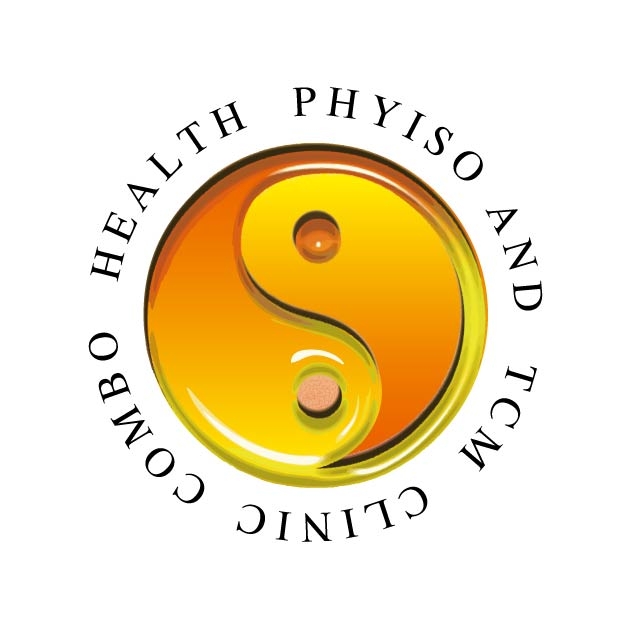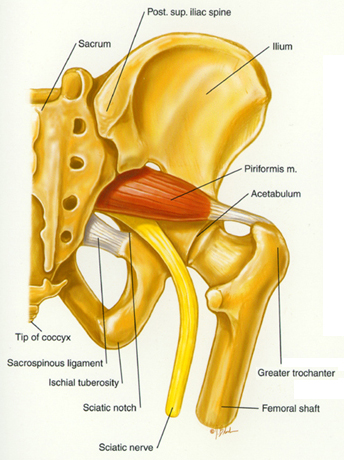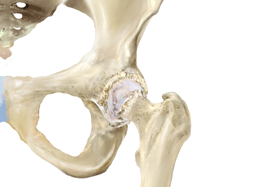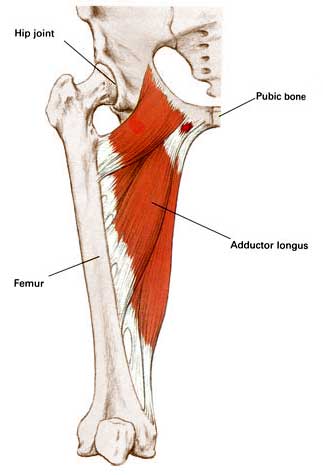

Hip region pain
1, acute bottock pain--- piriformis pain
 piriformis is a thin muscle running deeply to gluteus maximus, which assists gluteus maximus to extend hip, when a patients has a job with sitting long hours, gluteus maximus is lengthened which means in it’s weak position. After long time sitting job, gluteus maximus becomes real weak, piriformis has to do more job to assist the big muscle, and then it leads to piriformis pain.
piriformis is a thin muscle running deeply to gluteus maximus, which assists gluteus maximus to extend hip, when a patients has a job with sitting long hours, gluteus maximus is lengthened which means in it’s weak position. After long time sitting job, gluteus maximus becomes real weak, piriformis has to do more job to assist the big muscle, and then it leads to piriformis pain.
Signs and symptoms
- Pain on buttock, ache mostly
- Pain with sitting and walking, typical up/down stairs
- Tight spot deep in buttock
Treatments
- Acute phase, pain management: DTM, acupuncture, TENs etc
- After pain settle down, it is important to correct muscle imbalance, by strengthen gluteus maximus, and piriformis, as well as good stretch.
2, chronic bottock pain--- hip OA.
 Hip OA is the degenerative change in hip hyaline cartilage, wear and tear of the cartilage leads to “bone rubs on bone”.
Hip OA is the degenerative change in hip hyaline cartilage, wear and tear of the cartilage leads to “bone rubs on bone”.
Signs and symptoms
- Gradual onset, normally years, achy pain, more on groin region
- Decrease ROM, typical MEAL patent
- Muscle weak and atrophy
- “morning stiffness” more pain and stiffness in the early morning
- more pain with weight bearing position—up/down stair
Treatments
- AROM is the best treatment for all OA,
- Joint mobilisation will improved ROM and decrease pain
- Strengthen exercise, typical NWB exercise, will improve strength without damage cartilage
- Pain reliefs: acupuncture, TENs and hot pack
- Hydrotherapy is helpful
Also it is very common that lumar refered pain radiates down to bottock, please see chronic lower back pain.
3, groin pain—adductor tendinopathy
 This is a tendon degenerative change, same as tennis elbow, Achilles tendinopathy
This is a tendon degenerative change, same as tennis elbow, Achilles tendinopathy
Signs and symptoms:
- Groin pain with activities, more pain after running or walking, “U” shape.
- Tender on palpation over adductor tendon, just under pubic bone.
- Pain with passive stretch
Treatments:
- Similar to other tendinopathy, DEM, acupuncture, ice massage.
- Tendon strengthen exercise